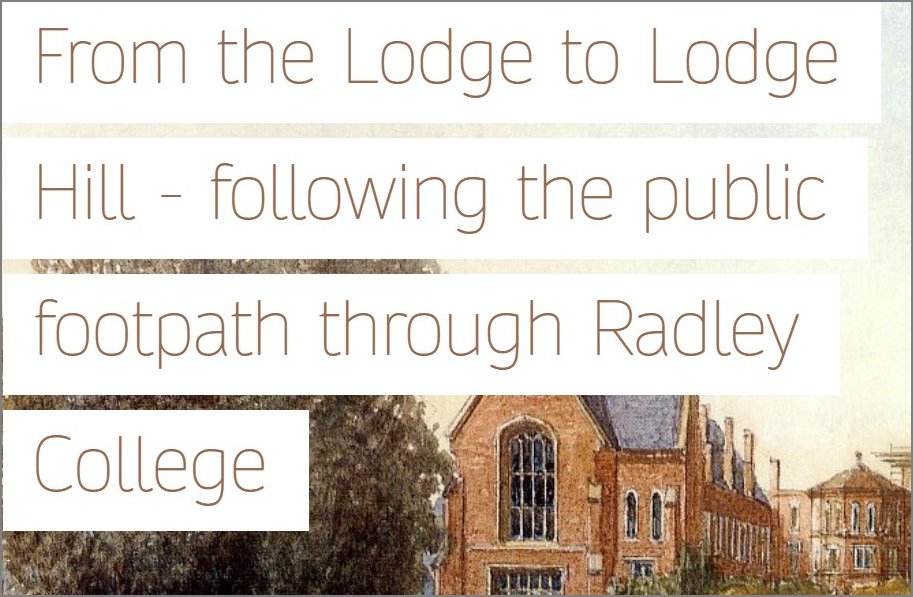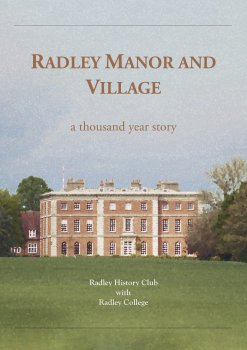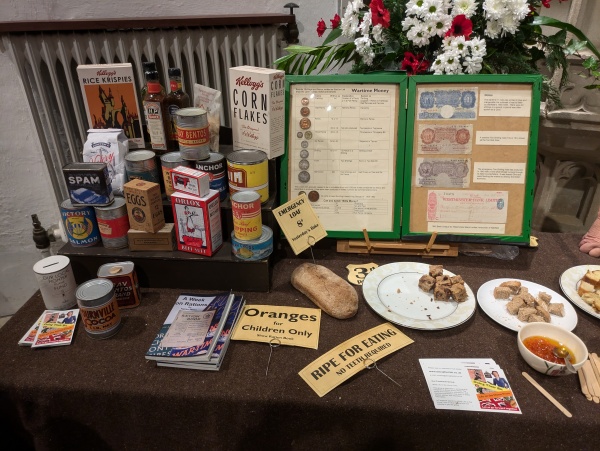On 13 January, a packed church enjoyed a talk from Richard Dudding, the Club’s archivist, on the story of the manor of Radley from before the Norman Conquest to today. Over time the ‘hard power’ of the manor declined, but ‘soft power’ and social status continued to matter. At several points, new entrants (and their money) brought new energy. Richard divided the story into five periods.
Abingdon Abbey about 1000–1538: Radley was part of the Abbey’s large manor of Barton. Its importance to the Abbey was its long river frontage, its eel fisheries and the Abbey’s deer park.
The Crown 1538–1560: After the dissolution of the Abbey, some interesting names held the manor: Henry VIII, Edward VI, Sir Thomas Seymour (brother of the Lord Protector) and Princess Elizabeth (from 1558 Queen).
Stonhouse family 1560–1795: The newly created manor of Radley was sold to George Stonhouse (famous in the village for being a Clerk of the Green Cloth). The Stonhouses held the manor for over 200 years. An 18th century Stonhouse built what is now ‘The Mansion’ at Radley College, surrounding it with gardens and parkland.
Bowyer family 1795–1889: With no male heir, the manor passed to a relative by marriage, Admiral Sir George Bowyer (feted as a naval hero). His son was hopeless with money and fled to Italy with his family in 1815. His son, a philanthropist, racked up huge debts leading to the estate’s sale in 1889.
From about 1850: Two newcomers to Radley filled the vacuum. Radley College was founded in 1847 and, in 1850, a Scottish businessman William Dockar bought Wick Farm. At the 1889 sale, his daughter Josephine Dockar Drysdale (builder of Wick Hall) snapped up the land (selling some to Radley College).
The talk drew on research for the Club’s book, Radley Manor and Village. Copies are available, price £15, from Radley Village Shop or direct from Joyce Huddleston (publications@radleyhistoryclub.org.uk).


